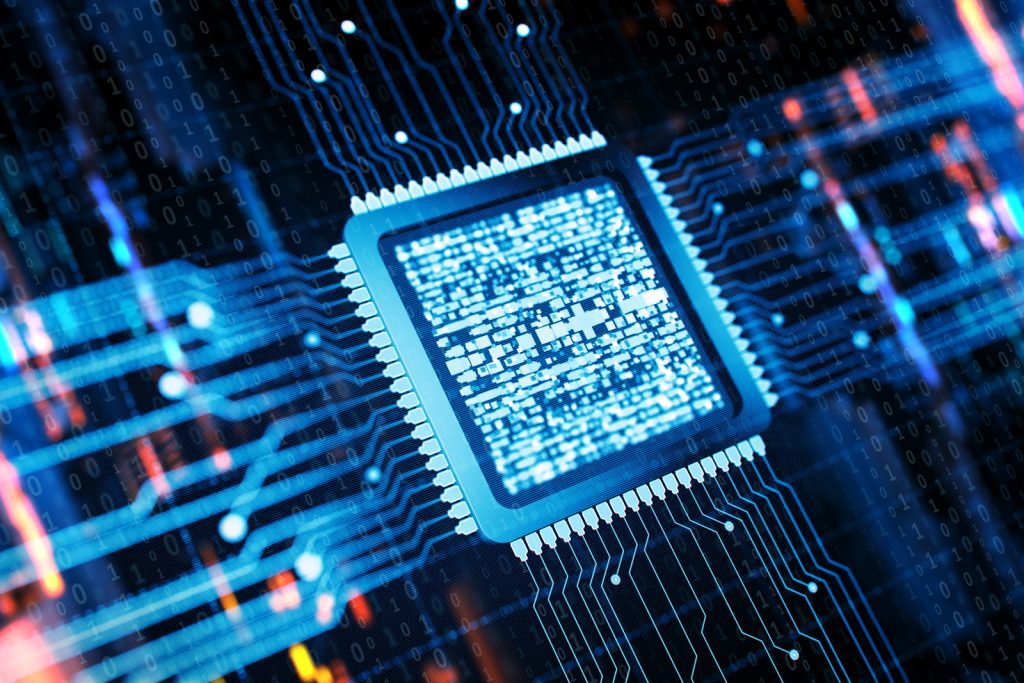Computing power has been advancing at an unprecedented rate in recent years. With the advent of new technologies, such as artificial intelligence, machine learning, and quantum computing, the limits of computing power are being pushed further every day. In this blog, we will explore the current state of computing power and what the future may hold.
Current State of Computing Power
The current state of computing power is impressive, to say the least. Modern computers can process vast amounts of data, perform complex calculations, and run sophisticated algorithms with ease. This is due, in large part, to the development of faster and more efficient processors, as well as the use of parallel processing and cloud computing.
The use of parallel processing, or the ability of computers to perform multiple tasks simultaneously, has revolutionized the computing industry. This technology has allowed for the development of supercomputers, which can perform billions of calculations per second. These supercomputers are used for a variety of applications, from weather forecasting and scientific research to financial modeling and military simulations.
Cloud computing has also had a significant impact on computing power. By allowing users to access computing resources over the internet, cloud computing has made it possible to perform complex tasks without the need for expensive hardware or software. This has led to the development of new business models, such as software-as-a-service (SaaS) and platform-as-a-service (PaaS), which have made computing power more accessible and affordable for businesses of all sizes.

Future of Computing Power
The future of computing power is even more exciting than its current state. With the development of new technologies, such as artificial intelligence and quantum computing, the limits of computing power are being pushed even further.
Artificial intelligence (AI) is a rapidly developing field that involves the creation of intelligent machines that can learn, reason, and perform tasks that would normally require human intelligence. The development of AI is being driven by the increasing amount of data that is being generated by modern technologies, such as the internet of things (IoT) and social media. AI has the potential to transform many industries, from healthcare and finance to transportation and entertainment.
Quantum computing is another technology that has the potential to revolutionize the computing industry. Unlike traditional computers, which use bits to represent information, quantum computers use quantum bits, or qubits, which can exist in multiple states at once. This allows quantum computers to perform calculations that would be impossible for traditional computers. Quantum computing has the potential to solve some of the most complex problems in science and engineering, from drug discovery and climate modeling to cryptography and cybersecurity.
Conclusion
Computing power has come a long way in the last few decades, and the future looks even more exciting. With the development of new technologies, such as artificial intelligence and quantum computing, the limits of computing power are being pushed further every day. These technologies have the potential to transform many industries, from healthcare and finance to transportation and entertainment. As we continue to explore the limits of computing power, we can expect to see even more innovative and exciting developments in the years to come.










